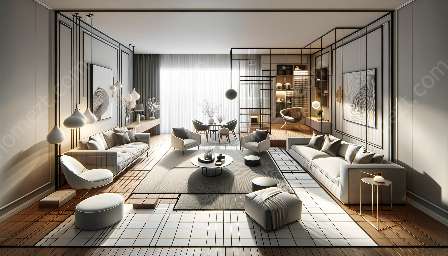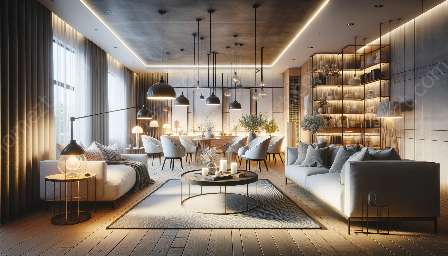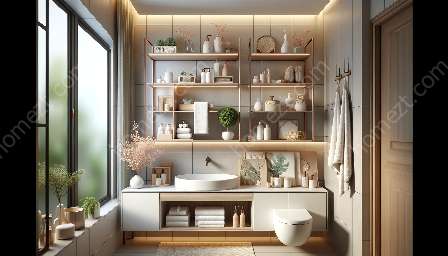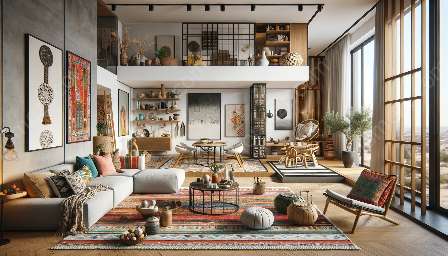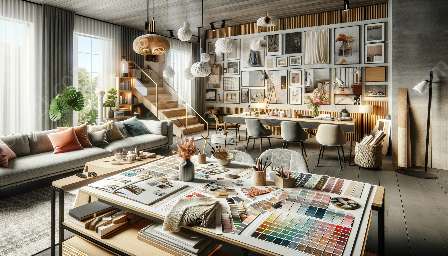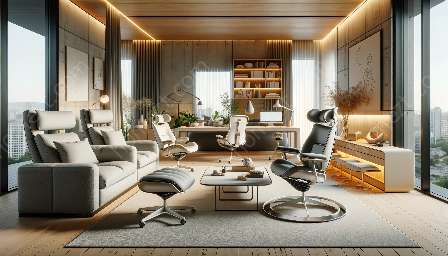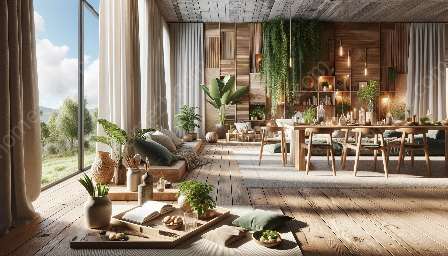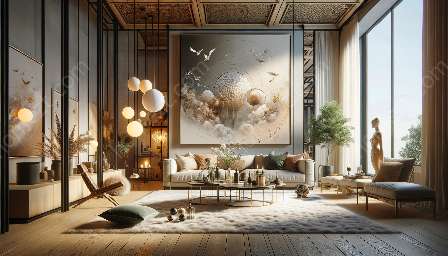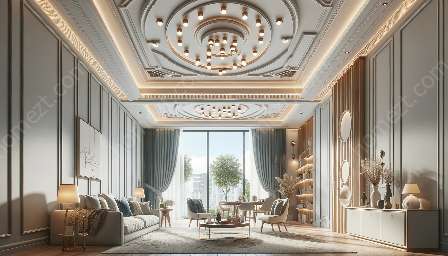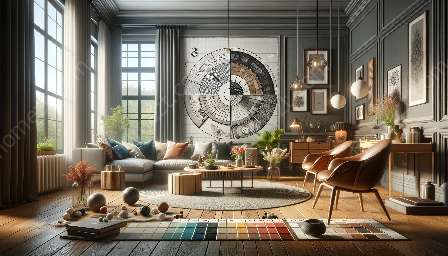Interior design plays a crucial role in creating compelling and functional store layouts for the retail trade. By harmonizing aesthetics and functionality, interior design can significantly impact the success of a retail business.
Understanding Interior Design
Interior design is the art and science of enhancing interior spaces to achieve a more aesthetically pleasing and functional environment. It involves creating layouts, selecting furniture, decor, color schemes, and integrating various design elements to achieve a cohesive and appealing space.
Effectively designed retail spaces can attract and engage customers, improve brand perception, and ultimately drive sales. Furthermore, interior design can significantly influence the overall ambiance of a store, impacting the customer's perception of the brand and their likelihood of making a purchase.
Key Elements of Interior Design for Retail
When designing a retail space, several key elements must be considered to create a compelling and functional environment:
- Layout: The layout of a retail store plays a crucial role in guiding customers through the space, optimizing traffic flow, and ensuring that each area of the store is easily accessible.
- Lighting: Proper lighting can enhance the ambiance of a store, highlight merchandise, and create a welcoming atmosphere for customers.
- Color Scheme: The color scheme of a retail space can significantly impact the mood and perception of the brand. Careful consideration of colors can evoke specific emotions and influence purchasing decisions.
- Furniture and Fixtures: The selection and placement of furniture and fixtures in a retail space can enhance the overall design, create focal points, and improve the functionality of the store.
- Visual Merchandising: Effective visual merchandising involves the strategic placement of products, signage, and displays to attract attention, drive sales, and create an immersive shopping experience.
Store Layout and Design
The layout and design of a store are critical components of the overall retail experience. Well-designed retail spaces can positively impact customer behavior, influence purchasing decisions, and differentiate a brand from its competitors.
Factors to consider when designing a store layout include the overall flow of the space, the arrangement of merchandise, the integration of technology, and the creation of engaging and interactive areas within the store. A well-thought-out store layout can improve customer navigation, encourage exploration, and increase dwell time, ultimately leading to higher sales and enhanced customer satisfaction.
Creating a Compelling Store Layout
When designing a store layout, it's essential to consider the following aspects:
- Customer Journey: Understanding the customer's journey within the store and optimizing the layout to facilitate a seamless and engaging experience.
- Zoning: Creating distinct zones within the store to showcase different product categories, promote specific offers, and craft unique experiences for customers.
- Checkout and Service Areas: Strategically locating checkouts and service areas to minimize queues, improve customer service, and streamline the purchasing process.
- Integration of Technology: Leveraging technology such as digital signage, interactive displays, and mobile apps to enhance the overall shopping experience and provide valuable information to customers.
Retail Trade and Interior Design
The retail trade industry is continuously evolving, with customer experience taking center stage. As such, the role of interior design in the retail trade has become increasingly vital. Aesthetically pleasing and well-designed retail spaces can attract customers, showcase products effectively, and create a memorable brand experience.
Key Considerations for Retail Trade and Interior Design:
- Branding: Ensuring that the interior design aligns with the brand's identity and effectively communicates its values and unique selling points to customers.
- Adaptability: Designing retail spaces that can adapt to evolving trends, seasonal changes, and shifting customer preferences, ensuring that the store remains relevant and fresh.
- Customer Engagement: Creating immersive and engaging retail environments that captivate customers, encourage interaction, and foster a sense of community and belonging.
- Competitive Advantage: Leveraging interior design as a tool to differentiate the store from competitors, create a unique selling proposition, and drive customer loyalty.
By integrating interior design principles into the retail trade, businesses can elevate the customer experience, foster brand loyalty, and ultimately drive sustainable growth.

